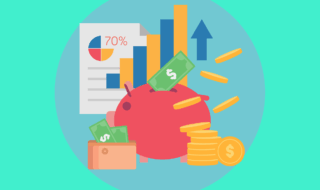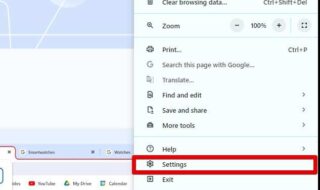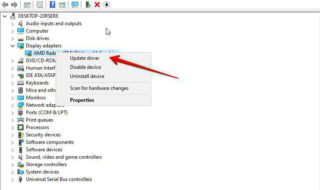A payment gateway is an easy way for businesses to receive electronic or online payments from a website or mobile application.
Online payments became a part of everyone’s daily life. We make online transactions not only using credit cards, but also by other methods, such as UPI, online banks and e-wallets.
Online payments are a feature that every platform in the world offers.
Online international payment gateway is fast and convenient. They allow you to buy goods and order services wherever you are. If you are a seller, you can sell your products to anyone who has a decent internet connection. Your client doesn’t even need a computer, only a simple smartphone.
But what is a payment gateway? Is it really safe to make such payments? Does it make sense for you to partner with a payment gateway?

What is a payment gateway?
An online PG is basically a tunnel that connects your personal (or merchant) bank account to the platform of a website to which you need to make money transfer. Payment gateway is a software that allows you to make online transactions with a variety of methods: internet banking, credit or debit card, and etc.
Payment gateway acts as a third party that makes secure transfer of money from you to the merchant.
Simply put, you buy a book on a popular website, when you pay for this book, a payment gateway assists you by transferring your money to the seller.
How does the payment gateway work
It is designed to protect confidential information used throughout the entire process. They provide security by encrypting data such as cards and bank details.
The basic steps of how PG works
Step 1: The customer makes an order and then clicks the submit or checkout button (depending on a website).
Step 2: Once this happens, the customer’s website or e-commerce platform goes to the payment gateway where they use to pay. The PG then redirects the user directly to his bank or to the 3D secure page, requesting authorization for the transaction.
Step 3: Once the payment gateway has approved payment, the bank checks to see if the customer has enough account balance to make the transaction successful and secure.
Step 4: The PG sends a corresponding message to the merchant. If the bank answers “No”, the merchant sends the buyer an error message informing them of the problem with the card or bank account. If the answer is “yes” from the bank portal, then PG performs the transaction at the bank.
Step 5: Customers bank transfers money from the payment gateway, and then transfers money from the merchant.
After completing the process, the buyer receives a message confirming the placement of the order.
As mentioned earlier, a monetary transaction includes personal info about a person’s bank account and card details, which are personal details for him or her. Therefore, it is very important to ensure the security of this information. There are a lot of unsecured online shops around the world, and while most of the customers might not have any problem with that, you only need one bad transaction and the respect for your shop is gone.



